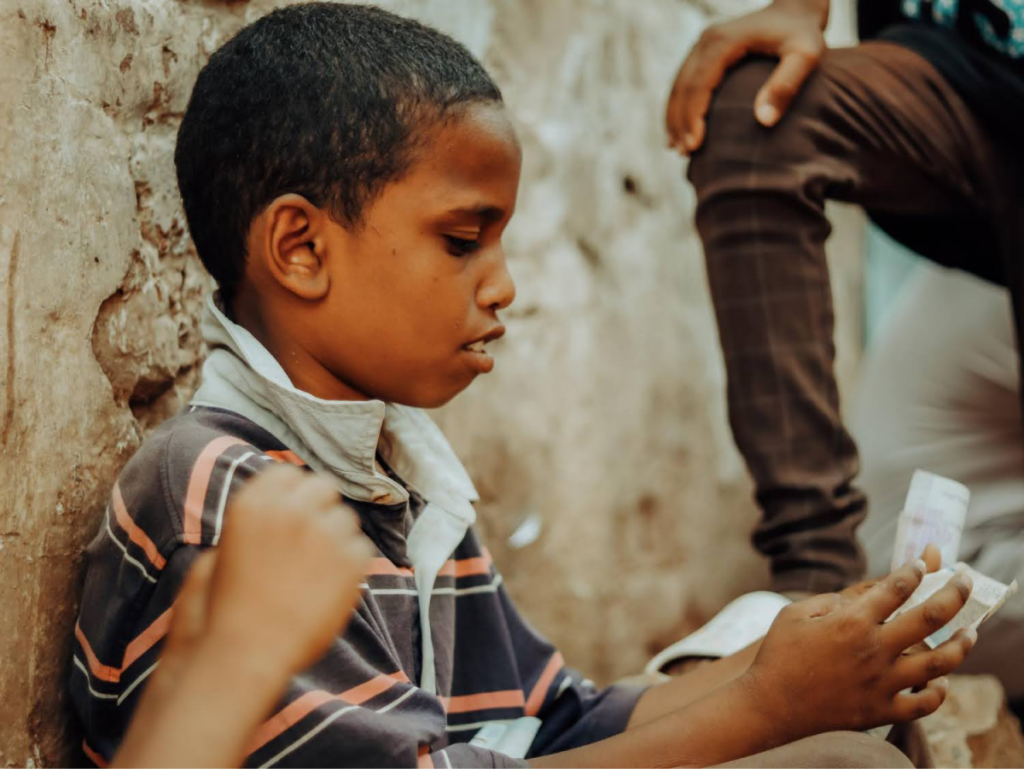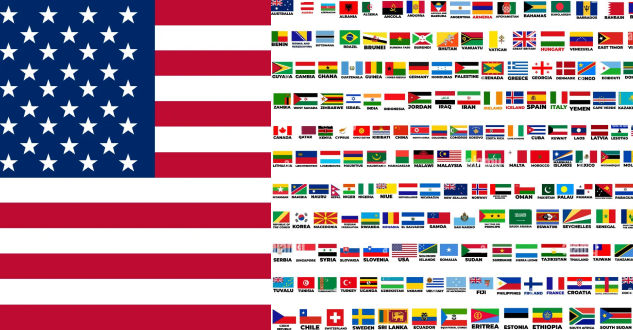Orphaned children and those living in poverty face many challenges that can shape their entire lives. These issues affect millions of kids worldwide, impacting their health, education, and future opportunities. Understanding what it means to be orphaned or to experience child poverty is the first step in addressing these problems and making a difference.

Global Statistics on Orphans and Child Poverty
The worldwide statistics on orphans and child poverty paint a serious picture of the challenges faced by millions of children. These numbers show the scale of the issue and its impact across different regions.
Number of Orphans Worldwide
UNICEF estimates that over 100 million children worldwide are orphans. This number grows daily, with about 5,700 children becoming orphans every 24 hours due to war, natural disasters, poverty, disease, and medical needs. The COVID-19 pandemic has made this worse, with an estimated 5.2 million children losing a parent or caregiver over a 20-month period.
Child Poverty Rates
Child poverty remains a big global issue. According to UNICEF and the World Bank, about 333 million children worldwide, or one in six, live in extreme poverty. This means they survive on less than $2.15 per day. The COVID-19 pandemic has slowed progress in this area, resulting in 30 million more children living in extreme poverty than expected before the pandemic.
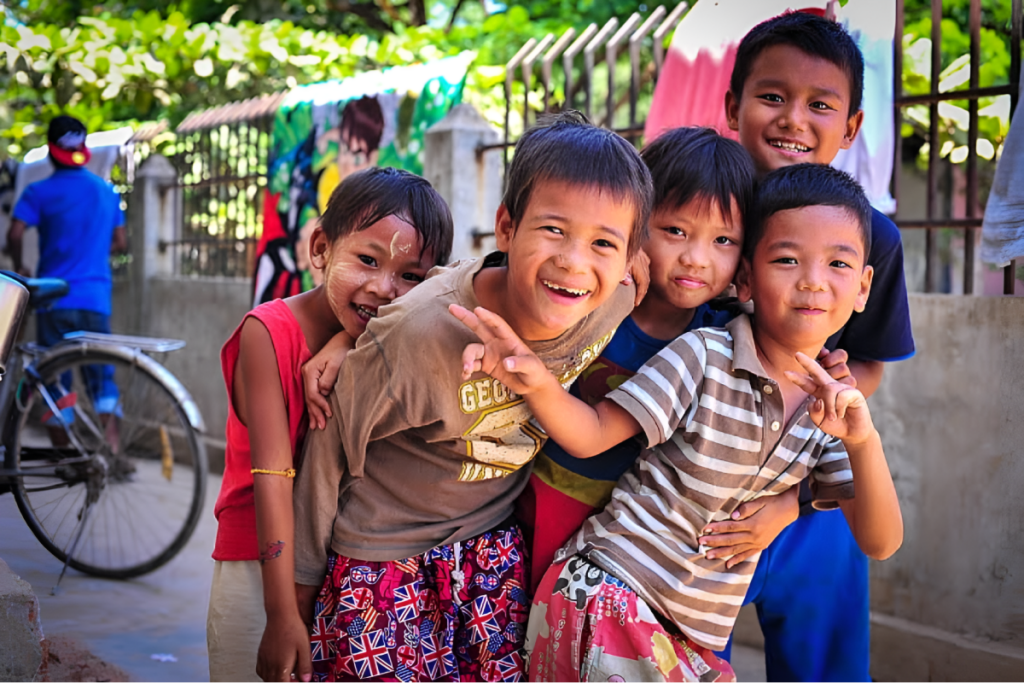
Regional Disparities
The burden of orphanhood and child poverty is not evenly spread across the globe. Sub-Saharan Africa faces the highest rates of both issues. The region has an estimated 39 million orphans. In countries like Uganda, 15% of children (2.5 million) are orphans. Sub-Saharan Africa accounts for 40% of children living in extreme poverty globally. This share has increased from 54.8% in 2013 to 71.1% in 2022.
Other regions also face significant challenges. In India, over 1.9 million children have been orphaned, while 11.5% of children (52.2 million) live in extreme poverty. Mexico also faces high rates of homelessness and vulnerability among orphaned youth.
Causes of Orphanhood and Child Poverty
Orphanhood and child poverty come from various interconnected factors that affect children’s lives globally. These causes often overlap, creating complex situations that leave children vulnerable and without proper care.
Disease and Health Issues
Health problems play a big role in creating orphans and continuing child poverty. The COVID-19 pandemic has had a devastating impact on families worldwide. Between March 1, 2020, and April 30, 2021, an estimated 1,134,000 children lost a parent, caregiver, or custodial grandparent due to COVID-19-related deaths. This loss affects not only the children’s emotional well-being but also their economic stability. Poor families often cannot afford proper medical care, leading to increased death rates among parents. This, in turn, leaves children orphaned and more likely to be poor. In low- and middle-income countries, where social support services are limited, orphaned children face a higher risk of disease, malnutrition, and mental health issues.

Natural Disasters
Natural disasters have a big impact on children’s lives, often resulting in orphanhood and increased poverty. Every year, about 175 million children globally are affected by natural disasters, including floods, cyclones, droughts, heatwaves, severe storms, and earthquakes. These events can cause immediate loss of life, leaving children without parents or caregivers. Such large-scale disasters not only create orphans but also destroy infrastructure, displace families, and erode support systems, pushing more children into poverty.
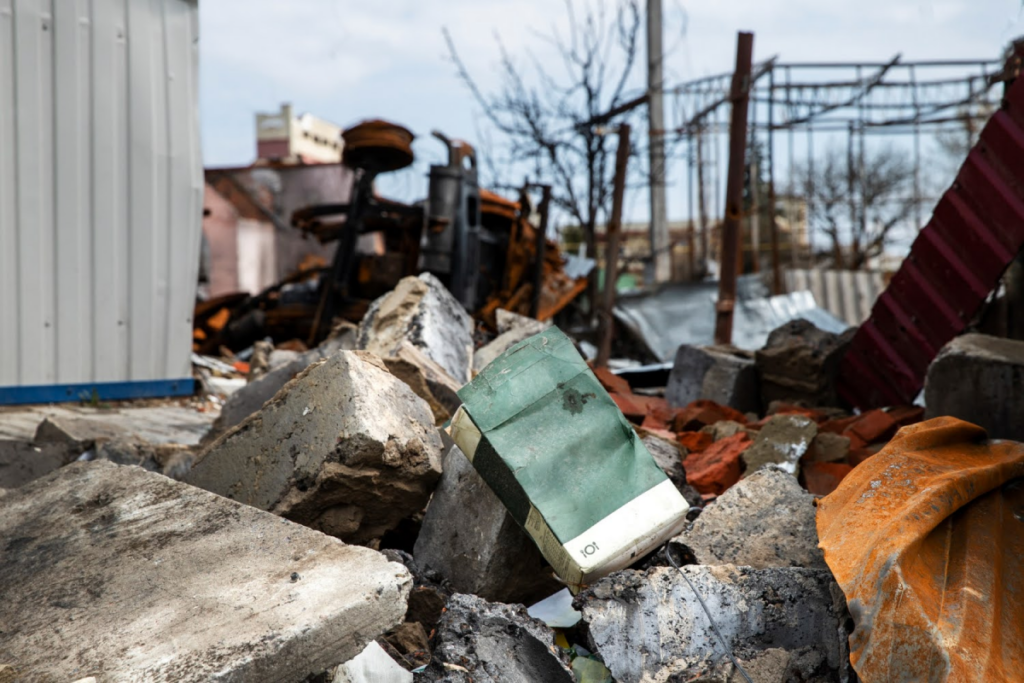
War and Conflict
Armed conflicts have long-lasting effects on children and their communities. One in six children worldwide lives in conflict zones. War not only claims the lives of parents but also destroys essential infrastructure, fragments communities, and uses up resources, all of which contribute to increased poverty and orphanhood. Children in conflict areas face unique risks. They may be targeted by armed groups, either as victims of violence or for recruitment as child soldiers. This targeting further traumatizes children and disrupts their development. The aftermath of war often leaves lasting legacies, with impacts on education and health observable decades after conflict resolution.
Economic Factors
Economic problems are a main cause of children moving from family homes into orphanages. Poverty often forces families to make difficult decisions, including placing their children in institutional care. This decision, while made with the hope of improving the child’s material circumstances, often leads to a decrease in the child’s overall well-being. Unemployment, lack of access to healthcare, and limited social safety nets make poverty worse and contribute to the orphan crisis. When families cannot meet their basic needs, they may feel compelled to abandon their children or place them in orphanages. This cycle continues both orphanhood and child poverty, as children raised in institutions often face challenges in education, social development, and future economic prospects.

Impact of Orphanhood and Poverty on Children
Orphanhood and poverty have far-reaching consequences on children’s lives. These circumstances affect various aspects of their development, from physical and mental health to education and safety.
Physical Health Consequences
Children living in poverty face big health challenges. They often lack access to proper healthcare, which leads to increased vulnerability to diseases and health issues. Orphans, in particular, experience delayed access to healthcare. Studies in Uganda and Kenya show that orphans with HIV receive antiretroviral therapy at an older age and with more advanced disease. Malnutrition is another critical issue. About 155 million children under the age of five are estimated to be stunted, which can impact brain development and cognitive abilities.
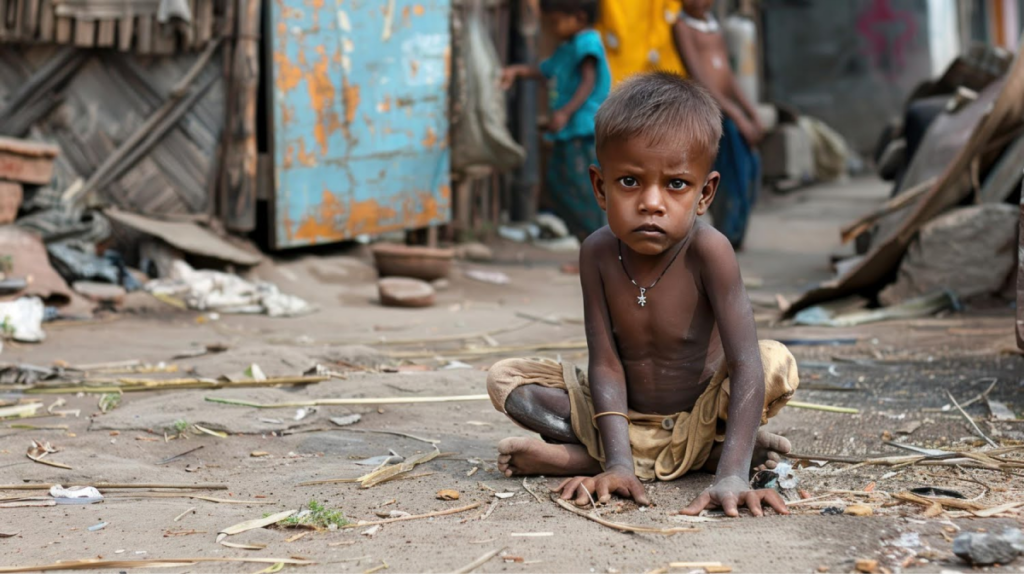
Mental Health Effects
The psychological impact of orphanhood and poverty on children is profound. Children who struggle with mental health issues can suffer from anxiety, depression, ADHD, and other mental, behavioral, or developmental disorders. According to a 2018 report by the CDC, more than 1 in 5 children living below 100% of the federal poverty level had a mental, behavioral, or developmental disorder. Orphans often experience trauma, which can lead to post-traumatic stress disorder, recurrent trauma, anxiety, and depression.
Educational Setbacks
Poverty and orphanhood create big barriers to education. Children from low-income families often start school behind their peers from more affluent families in measures of school readiness. The incidence, depth, duration, and timing of poverty all influence a child’s educational attainment. Orphans face additional challenges, with studies showing that maternal orphanhood can result in a permanent loss of one year of educational attainment.

Vulnerability to Exploitation
Orphans and children living in poverty are at higher risk of exploitation and abuse. They are more likely to be forced into child labor, with many studies describing experiences of excessive domestic chores, wage labor, and work in fields or markets. Sexual abuse and exploitation are also significant concerns, with several studies reporting experiences of sexual abuse by family members. The absence of parental protection and economic hardship make these children particularly vulnerable to various forms of mistreatment.
Conclusion
Orphaned children and those living in poverty face many challenges that affect their health, education, and future prospects. This article has shown the global scale of these issues, with millions of children lacking parental care or living in extreme poverty due to complex causes like disease, natural disasters, economic factors, and armed conflicts. Addressing these problems requires a multi-faceted approach to improve healthcare, education, and social support systems. If you want to learn more about how you can support kids in need in Mexico, visit The Children’s Foundation International!
Children’s Foundation International (CFI) is dedicated to transforming the lives of children and families in need by providing comprehensive support and resources. With a focus on health, education, and community development, CFI strives to create lasting, positive change. Our programs are designed to address the unique needs of each community, ensuring that every child has the opportunity to thrive and reach their full potential. Through strategic partnerships and innovative solutions, Children’s Foundation International is committed to building a brighter future for children worldwide. To learn more about our mission and impact, visit tcfcares.org.

